
Concept explainers
(a)
Interpretation: The name of the given compound has to be stated.
Concept introduction: In a cyclic monosaccharide, the replacement of an
(a)
Answer to Problem 18.110EP
The name of the given structure is ethyl-
Explanation of Solution
The Fisher projection formula for D-allose is,
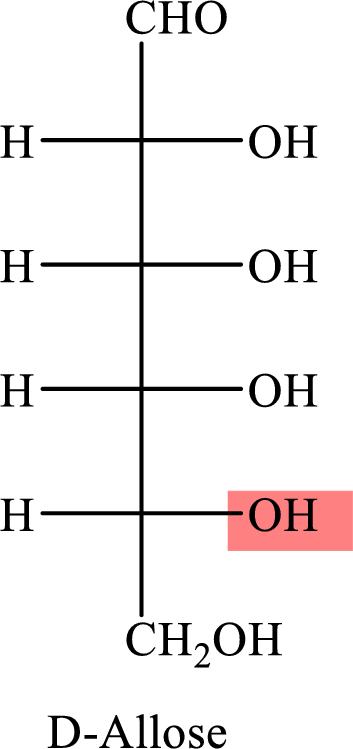
The structure given in Problem 18-104 is,
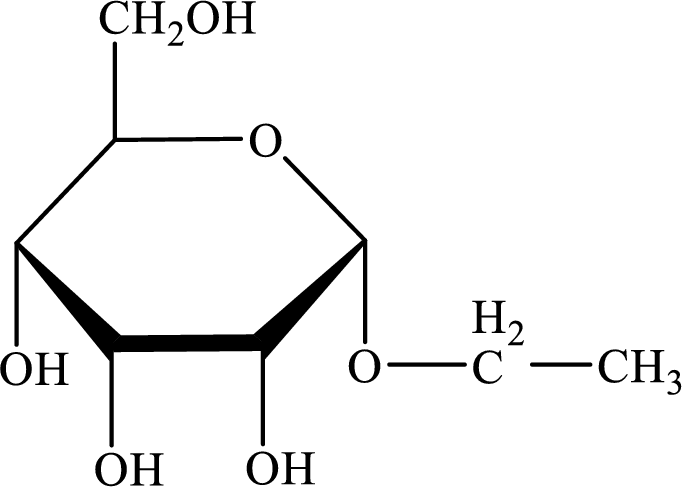
The above structure is the cyclic form of monosaccharide D-allose. Both the
(b)
Interpretation: The name of the given compound has to be stated.
Concept introduction: In a cyclic monosaccharide, the replacement of an
(b)
Answer to Problem 18.110EP
The name of the given structure is methyl-
Explanation of Solution
The Fisher projection formula for D-allose is,
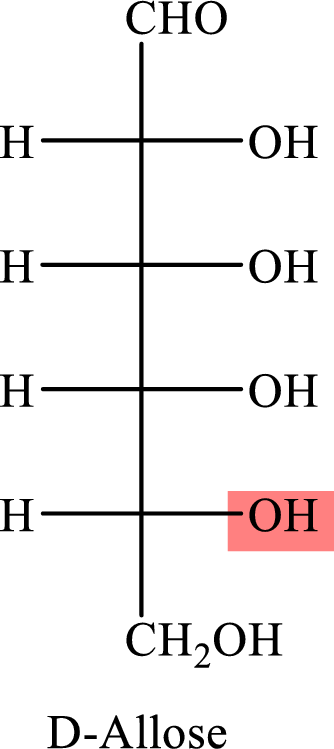
The structure given in Problem 18-104 is,

The above structure is the cyclic form of monosaccharide D-allose. Both the
(c)
Interpretation: The name of the given compound has to be stated.
Concept introduction: In a cyclic monosaccharide, the replacement of an
(c)
Answer to Problem 18.110EP
The name of the given structure is ethyl-
Explanation of Solution
The Fisher projection formula for D-psicose is,
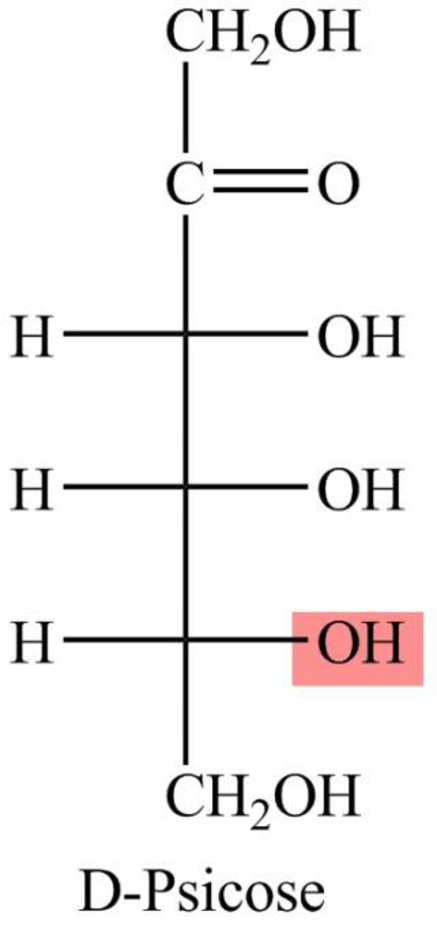
The structure given in Problem 18-104 is,
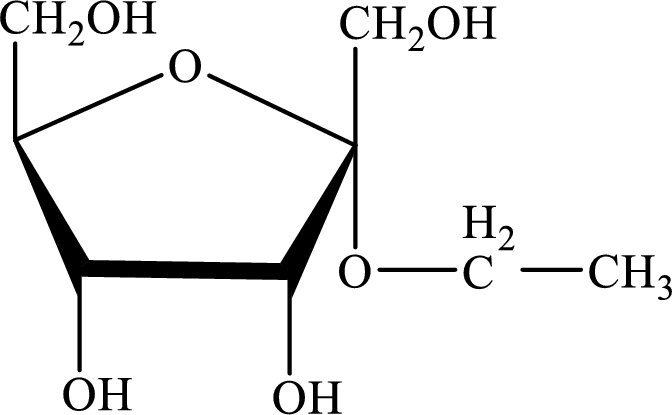
The above structure is the cyclic form of monosaccharide D-psicose. Both the
(d)
Interpretation: The name of the given compound has to be stated.
Concept introduction: In a cyclic monosaccharide, the replacement of an
(d)
Answer to Problem 18.110EP
The name of the given structure is methyl-
Explanation of Solution
The Fisher projection formula for D-mannose is,
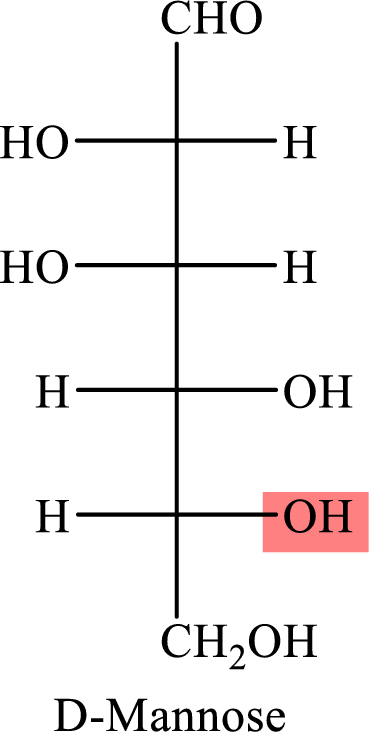
The structure given in Problem 18-104 is,

The above structure is the cyclic form of monosaccharide D-mannose. Both the
Want to see more full solutions like this?
Chapter 18 Solutions
EBK GENERAL, ORGANIC, AND BIOLOGICAL CH
- Following are Fischer projection for a group of five carbon sugars,all of which are aldopentoses. Identify the pairs that are enantiomers and the pairs that are epimers.(The sugar shown herebare not all of the possible five carbon sugars.)arrow_forwardFollowing are Fischer projections for a group of five-carbon sugars, all of which are aldopentoses. Identify the pairs that are enantiomers and the pairs that are epimers. (The sugars shown here are not all of the possible five-carbon )arrow_forwardFollowing are Fischer projections for a group of five-carbon sugars, all of which are aldopentoses. Identify the pairs that are enantiomers. CHO сно H-C- OH H-C-OH H-C- OH но-с — н н-с—он но- ČHOH ČH,OH сно CHO Н-с—он но—с— н H-C- OH H-C-OH но—с—н Н-с—он ČHOH ČH,OH сно сно н-с—он но—с —н но—с— н но -с — н H-C- OH но- C-H ČH,OH ČH,OHarrow_forward
- Draw the four stereoisomers of threonine as Fischer projections.arrow_forwardD- and L- designations are used to distinguish between the two possible enantiomers of the monosaccharide, galactose. From the Fischer projection, determine the designation of this monosaccharide.arrow_forwardName a naturally occurring carbohydrate and its source for each type of carbohydrate listed in Problem 20.83.arrow_forward
- Draw the compound.arrow_forwardFollowing are Fischer projections for a group of five-carbon sugars, all of which are aldopentoses. Identify the pairs that are enantiomers and the pairs that are epimers СНО СНО СНО H-C-OH H-C-OH H-C-OH H-C-OH Но-С—н H-C-OH H-C-OH Но-ҫ—н Но—с—н CHOH CHĻOH ČH,OH СНО СНО СНО Но —С— н H-C-OH HO-C-H Н—С—он Но -С—н HO-C-H H-c-OH H-C-OH HO-C-H CH̟OH ČHĻOH ČHĻOH Pairs of Enantiomers Pairs of Epimersarrow_forwardWhich form of lysine in Problem 18.56 is the zwitterion? What is the pI for the zwitterion?arrow_forward
- ______________ are nitrogen bases with two rings.arrow_forwardIf thymine nucleotides are degraded by the same enzymes as those catabolizing uridine nucleotides, give the structure of the thymine metabolite that corresponds to B-ureidopropionate.arrow_forward(a) (S)-2-chlorobutane, draw a three-dimensional representation.arrow_forward
